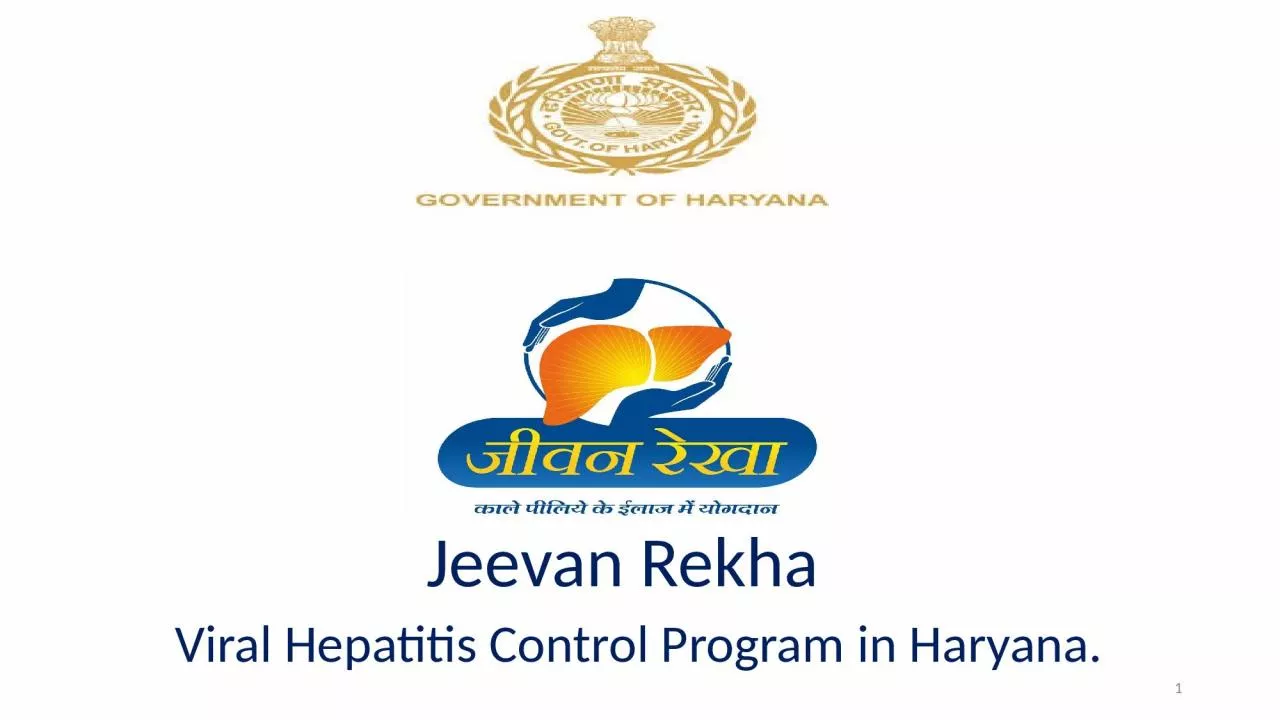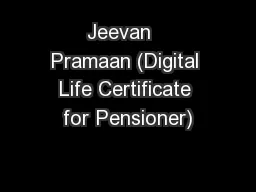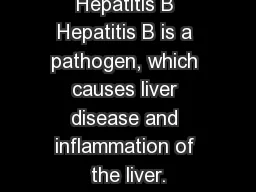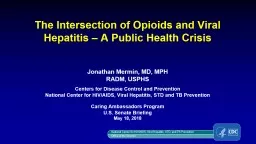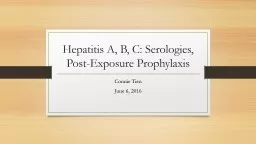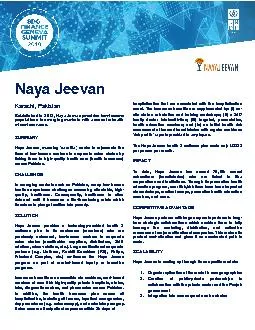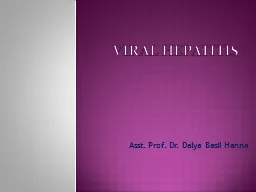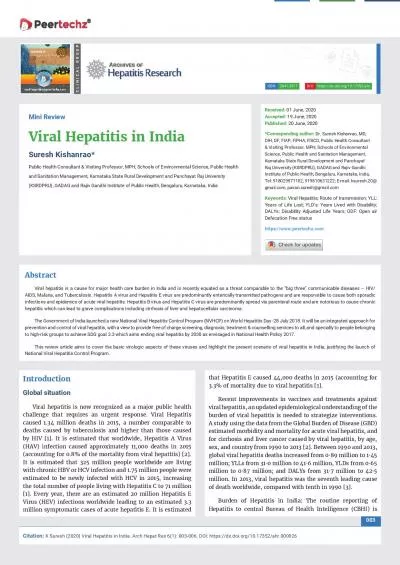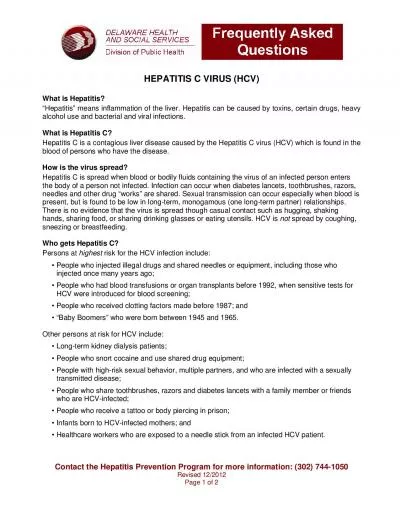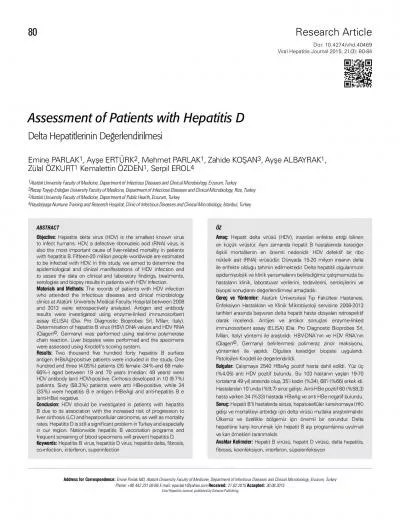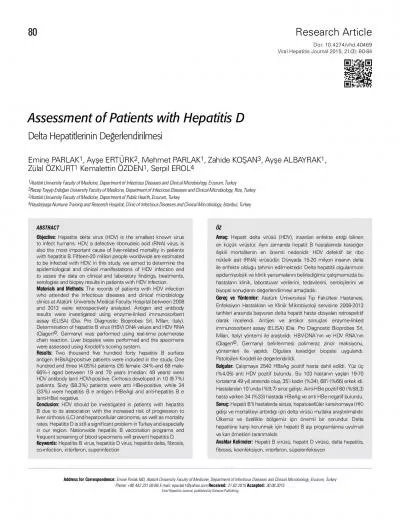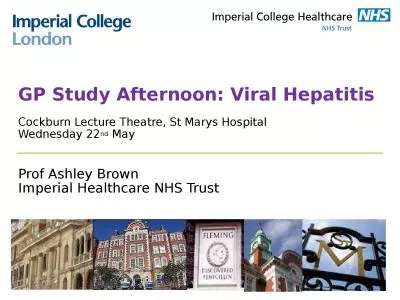PPT-Jeevan Rekha Viral Hepatitis
Author : fiona | Published Date : 2022-06-28
Control Program in Haryana 1 Rajeev Arora IAS Additional Chief Secretary Health Department Government of Haryana Chandigarh Phone 01722706481 Amneet P Kumar IAS
Presentation Embed Code
Download Presentation
Download Presentation The PPT/PDF document "Jeevan Rekha Viral Hepatitis" is the property of its rightful owner. Permission is granted to download and print the materials on this website for personal, non-commercial use only, and to display it on your personal computer provided you do not modify the materials and that you retain all copyright notices contained in the materials. By downloading content from our website, you accept the terms of this agreement.
Jeevan Rekha Viral Hepatitis: Transcript
Download Rules Of Document
"Jeevan Rekha Viral Hepatitis"The content belongs to its owner. You may download and print it for personal use, without modification, and keep all copyright notices. By downloading, you agree to these terms.
Related Documents

